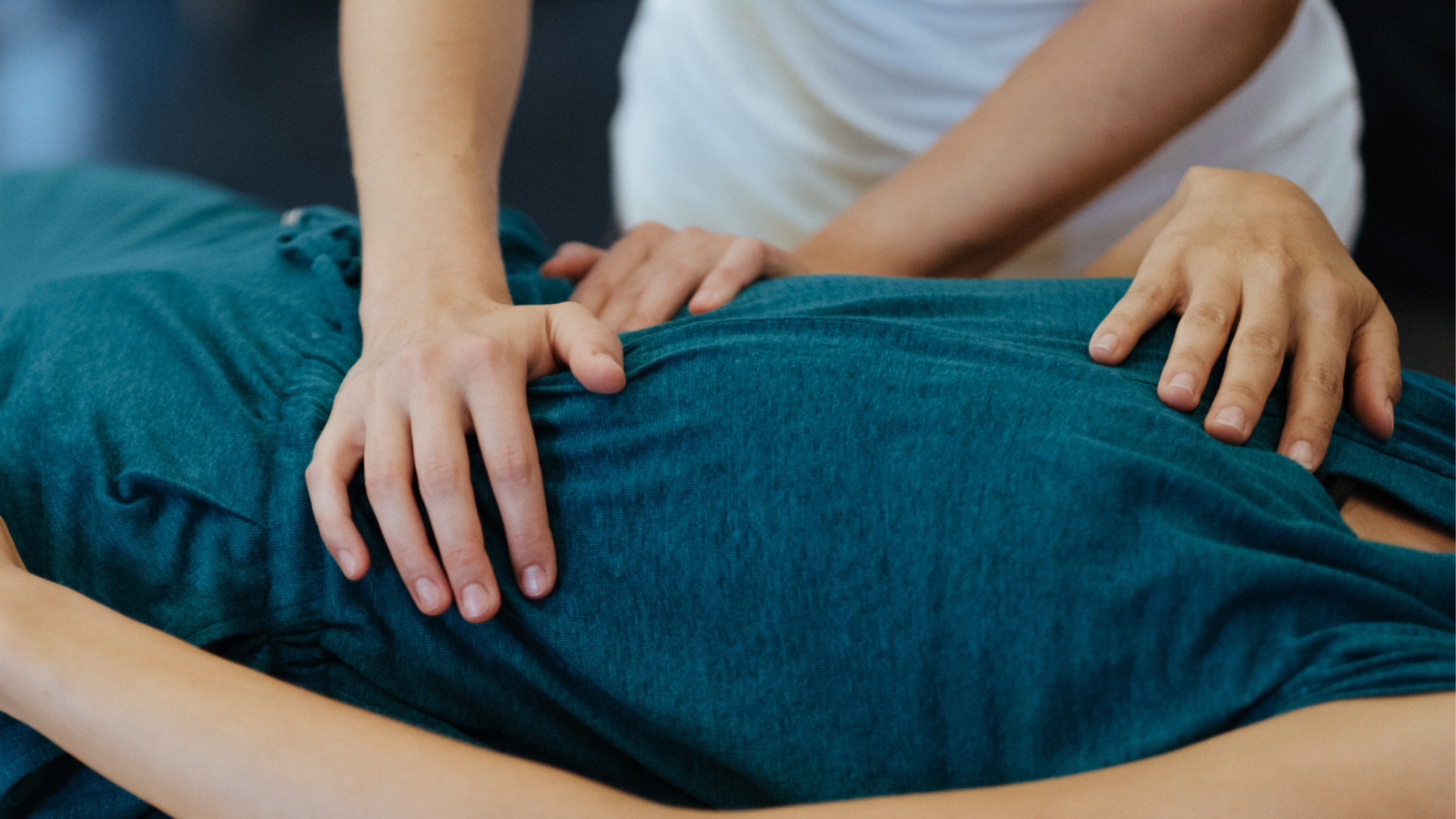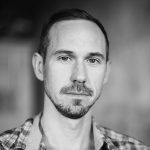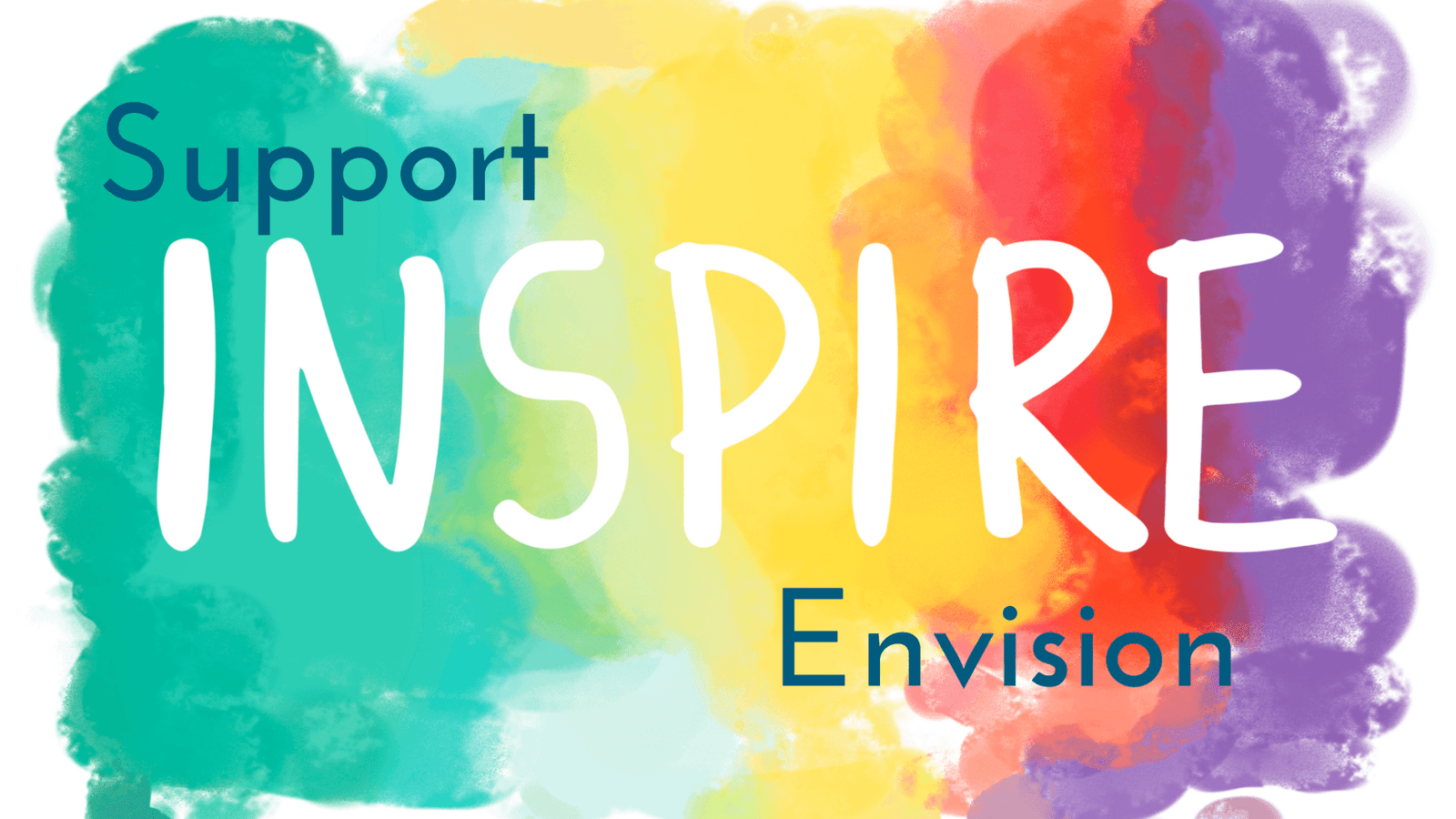
The Power Of Embracing The Community
Pantarei Approach co-founders Claudia Glowik and Vered Manasse recently offered a free online course for practitioners and current students. The generous offer was to recognize that we could feel less alone in these times when we connect as a community. And we can use the community of practitioners as a professional resource. As directors, they understood that our vision can get lost during the pandemic when touch, the foundation of the approach, is restricted.
In our first meeting, Vered expressed, “Things happen along the way that we don’t choose ourselves.” This statement is true in general but also acknowledges the specific circumstance many of us are currently facing. This course was designed to re-connect us to our vision, and ourselves to the community. Claudia and Vered reminded us that, “Everyone needs a vision. Everyone has a bigger vision whether they know it or not.” By providing a workshop that supported each individual and connected them to their vision, in turn, the whole community was supported.
Feeling What is There
Over 60 participants had space to articulate and redefine their vision throughout three online meetings. In the first meeting, we shared how we could imagine our future, what our goals were, and what we cared about. The theme of the second meeting was about our insecurities. In the last session, we discussed who our partners could be, who could help us, and how we can concisely express our vision.
We oscillate between moving, listening, and talking during the time online. Claudia leads us through breath work and movement awareness. We are asked to think of our vision as we place our hands on ourselves. Claudia: “If we manage to connect to our vision, it can help us in uncertain times, like a compass.”
We engaged in small break-out rooms of two or three people to discuss how our vision had been developing recently. From the feedback of my colleagues, I realized freedom was an essential part of my vision and something that resonates in many aspects of my life. One person in our group shared that a vision was like a seed. That it is constantly growing and can be felt. The person was able to feel the passion of their vision, which was helpful without knowing how or when it would grow. They shared to the group that, “Our vision is always in our body.” Vered responded, “Even if we can’t talk about it, the knowledge that our vision stays with us is important to remember.”
Holding space for someone to speak
Between the group meetings, we were also paired up with another practitioner for private sessions together. My partner was Jan Lee. We met twice online, each presenting how the topic of our vision was currently entangled in our lives. Giving sessions allowed us to stay connected to our practice and see how the body can still be present in online sessions. When we changed roles and were the client, time and space were held for us, and we received much-needed attention during these times of isolation.
Jan and I took different approaches for including the body during our talks. While Jan asked me to stand and move, I asked her to stay seated and sense with eyes closed. Jan felt she could locate a physical location in her body that held some of the emotions related to our conversation. Giving awareness to this allowed that area to influence her shoulders. She opened her eyes with a desire to expand her actual vision. She said, “I always associated the feeling of being grounded to the lower part of my body. But I feel now how I can be grounded from the area in my chest and lungs. A grounded self can come from the heart.”
I realized my insecurity was a fear of being lazy and that my tactic for reaching my vision might not work. Jan explored how I could use the fear of my vision not developing as information to show me what I want. We can see fear as a judgment or as something guiding us forward. Fear, like any emotion, can be used to teach us what we consider important. I feel I can start to work on looking at the fears as information and fuel while letting the emotional response of the fear have less space. As if fear was an envelope, I can open the letter, receive the message and throw away the envelope.
Building Connections
In the end, we were not only working on our own vision. As practitioners, we were reminded that we should see our client’s bigger vision and help them integrate that vision, so they can feel we are interested and connected to their story. “There is often a gap between where we are and where we’d like to go,” Vered said. This is often the basis for what our clients bring to us as practitioners.
When we listen to someone, we can hear or feel where they want to go. Some people may have a very specific direction they want to take, and others have more of an orientation they can feel. Whether online or during hands-on sessions, a practitioner helps a client build connections to bridge this gap they feel is between themselves and their goals. At times, it is as simple as allowing the motion to happen.
 Orientations
Orientations
Recently, I was reminded of a beautiful saying from choreographer Deborah Hay: “I surrender to the habit of facing a single direction.” It is helpful to recognize that sometimes we get stuck in our thinking or doing. As a movement practice, Hay’s words are there to help guide us toward the infinite possibilities available for us.
The past year has shown us, as Vered said in our meetings, “It’s not always the right time to deal with your vision.” Often, we have to take detours along the way. Our body is a place that is there to remind us of our direction. The body is also a place where we can feel our capacity for new physical possibilities; we can twist our spine, shift our weight, step on a different foot, turn our head, or change where we are looking.
Parts of our body hold our vision, and other parts respond to that vision. Sometimes we realize we are already experiencing and living our dream. At times we need reminders. And at other times we just need people to listen to what our vision is.
Written by Mike O’Connor





